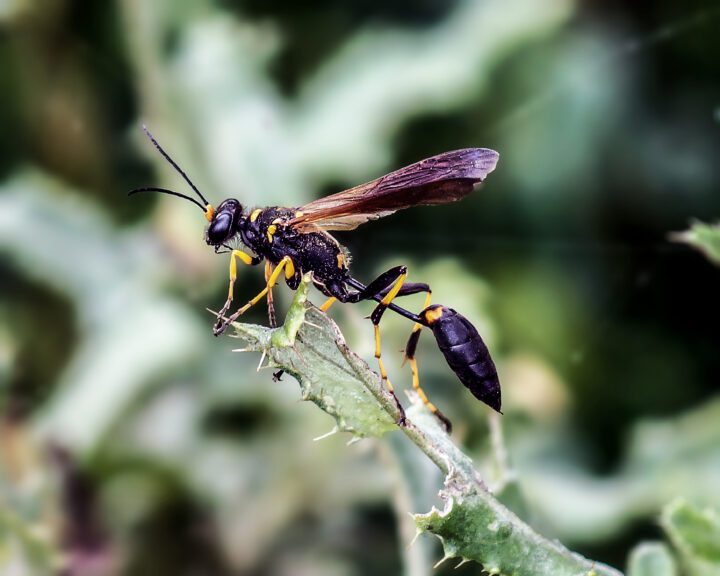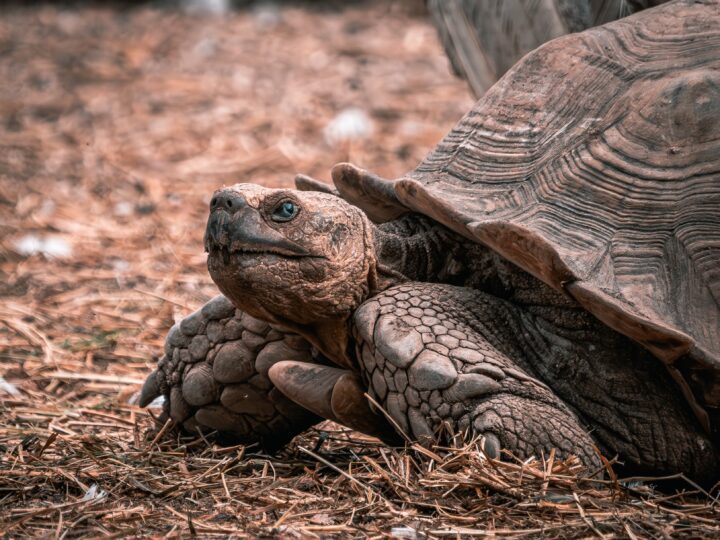Exposure to adults as juveniles prompts zebra finches to build their first nests faster.
Introduction
In 1867, the famous naturalist Alfred Russel Wallace wrote, “Birds, we are told, build their nests by instinct, while man constructs his dwelling by the exercise of reason.” His own observations of nature led him to completely disagree. His essay, “The Philosophy of Birds’ Nests,” kicked off a 150-year-long debate about whether or not birds build nests due purely to instinct—or as Wallace put it, “without teaching or experience.”
In April of 2020, Dr. Alexis Breen, a researcher at the Max Planck Institute for Evolutionary Anthropology, authored a study that she says provides “another big support for knocking down the myth that nest-building is all in the genes.” Many incorrectly assume that birds model their first nests after those they hatched into. Breen’s research indicates that if juveniles interact socially with adult zebra finches, it influences the way the young finches construct their first nests when they reach sexual maturity—both in terms of the materials they choose and how quickly they build.
The Strategy
Why do speed and construction materials matter so much? Building a nest is key to their ability to reproduce. “For many birds, they really get one shot, maybe two, at building a nest,” Breen said. She added that evidence in other bird species links rapid nest-making to breeding success and prosperity later in life. In other words, building a good nest quickly might just be a matter of life and death for the next generation.
For many birds, they really get one shot, maybe two, at building a nest.Dr. Alexis Breen, researcher at the Max Planck Institute for Evolutionary Anthropology
Breen’s experiment showed that having engaged socially with adults had two major impacts on how young finches made their first nests. For one, exposure to mature birds earlier in life inspired adolescents to finish construction as much as four times faster than those without access to quality time with adults. Second, when juveniles interacted with material different than what was in their birth nests, they later preferred the new substance for nest construction—but only when they had encountered that substance in the presence of an adult.
The Potential
Breen said that understanding the learning and cultural processes that zebra finches use to build nests may help us understand how other animals come to use tools and technology and may even provide clues into our own evolution.
While Wallace may have been right that instinct doesn’t dictate how birds build nests, it appears he was mistaken about what he thought mattered most—imitation. Breen’s results demonstrate that the mere presence of an adult was more important than the experience gained either through handling material themselves or from watching adults use it. She said that result went against the assumption that birds need a lot of demonstration to use tools. “It looks like if they need some, they don’t need much.”












